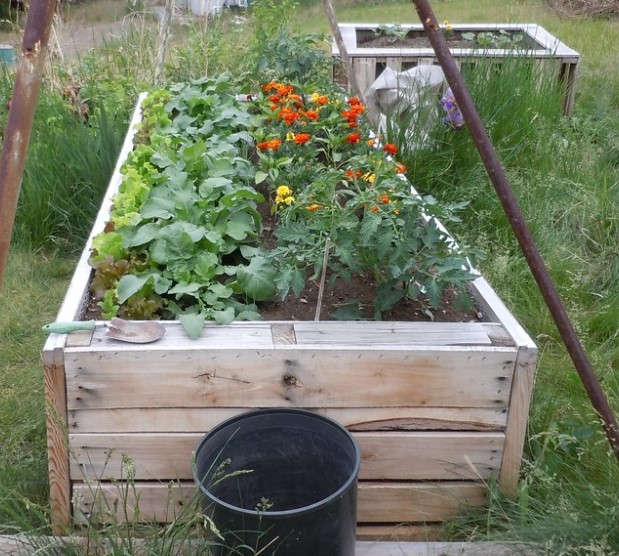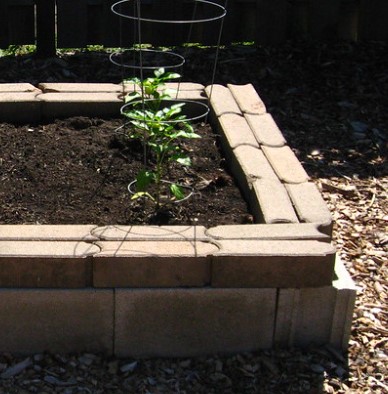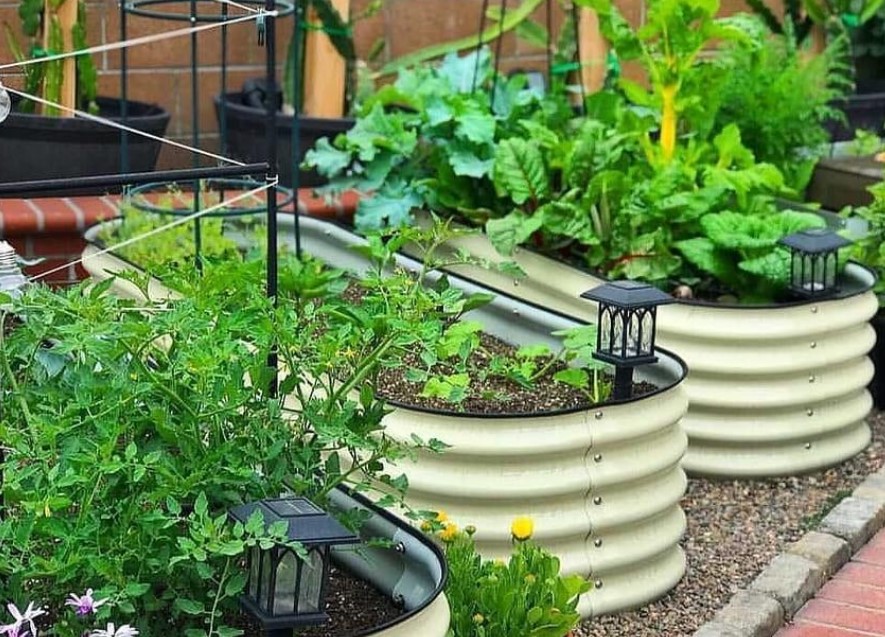Raised bed gardening involves creating a garden in a contained, elevated structure rather than directly in the ground. Here's a summary covering its design, materials, pros, and cons:
Design
- Structure: Raised beds can be rectangular, square, or even tiered, typically framed with wood, bricks, concrete blocks, or plastic.
- Height: Typically 6-12 inches tall, but can vary based on preference and accessibility needs.
- Size: Customizable to fit available space; widths often designed for easy reach from all sides (3-4 feet is common).
Wood
Using wood for raised bed gardens offers a practical and aesthetic solution for gardening enthusiasts. Raised beds, constructed from wood, provide numerous advantages, including improved soil drainage, enhanced control over soil quality, and easier access for planting and maintenance. Wood is a versatile and accessible material that can be tailored to various garden sizes and designs, making it ideal for both novice and experienced gardeners. Additionally, wooden raised beds help to define garden spaces neatly, preventing soil erosion and weed growth while adding a natural, rustic charm to any garden landscape.

Bricks/Concrete Blocks
Using bricks or concrete blocks for raised bed gardens is an excellent choice for both novice and experienced gardeners. These materials offer durability, ease of construction, and flexibility in design. Bricks and concrete blocks are sturdy, weather-resistant, and capable of creating neat, well-defined edges that help contain soil and prevent erosion. Additionally, their thermal mass helps regulate soil temperature, promoting healthy plant growth. Whether you're aiming to cultivate a small herb garden or a larger vegetable patch, raised beds made from bricks or concrete blocks can provide a functional and aesthetically pleasing solution that enhances your gardening experience.

Metal
Metal raised bed gardens have seen a surge in popularity among gardening enthusiasts in recent years. These stylish and durable garden beds offer numerous benefits, making them a preferred choice for both urban and suburban gardeners. Constructed from materials such as galvanized steel or corrugated metal, they provide excellent resistance to weather conditions and pests, ensuring a long-lasting solution for growing a variety of plants. Their sleek, modern appearance adds aesthetic appeal to any garden space, while their elevated structure facilitates better soil drainage and reduces strain on the gardener's back. This trend reflects a growing interest in efficient, sustainable, and visually appealing gardening solutions.

Pros of Raised Beds:
- Better Soil Control: Allows for customized soil blends, which can improve drainage and nutrient content.
- Improved Drainage: Especially beneficial in areas with heavy clay soil.
- Reduced Compaction: Avoids soil compression from foot traffic, leading to healthier root growth.
- Warmer Soil: Allows for earlier planting and extended growing seasons.
- Aesthetic Appeal: Can enhance garden aesthetics and organization.
Cons of Raised Beds:
- Cost: Initial setup can be more expensive than traditional gardening.
- Maintenance: Requires periodic replacement of soil and maintenance of bed structure.
- Potential Drying: Raised beds can dry out more quickly than ground-level gardens, requiring more frequent watering.
- Limited Root Depth: Some plants with deep root systems may be restricted unless beds are deeper.
Raised bed gardening is favored for its accessibility, customization, and improved growing conditions, making it a popular choice for both novice and experienced gardeners alike.
